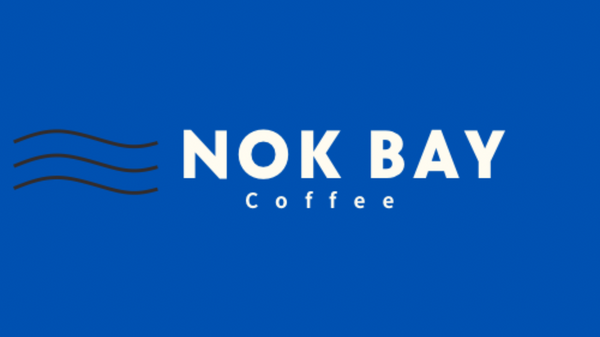
Panama coffee beans
Share
In-depth analysis of Panama coffee beans
Although Panama is a country with relatively small coffee production in the world, its coffee beans are world-renowned for their top quality and unique flavor. In particular, its specialty coffee, represented by the "Geisha " variety, has repeatedly broken international auction records and has become a legend in the specialty coffee industry.
1. Historical Background and Industrial Transformation
1. Introduction and initial development of coffee
Coffee cultivation in Panama began in the late 19th century with the introduction of European immigrants. In the early days, commercial beans were the main product, but the output could not compete with major countries such as Brazil and Colombia, and the international pricing power was weak. In the 1980s , international coffee prices were sluggish and Panama's small peasant economy fell into trouble, forcing the industry to turn to a boutique route, emphasizing differentiation and quality improvement.
2. The rise of Geisha Coffee
-Origin of the variety: Geisha originated in Ethiopia, was exported to Costa Rica in 1931 , and introduced to Panama in the 1960s . It was initially not taken seriously due to its low yield and high difficulty in cultivation.
- Turning point: In 2002 , La Esmeralda discovered that the high-altitude Geisha beans in the Jaramillo plot had citrus aroma and sweetness, and won the "Best of Panama ( BOP )" competition in 2004. Since then, Geisha has become a top representative in the global coffee industry.
2. Core production areas and terroir conditions
Panama's coffee producing areas are concentrated in volcanic areas. The unique microclimate and volcanic soil give the coffee beans rich layers:
1. Boquete
-Altitude : 1,400 – 1,900 meters, close to Baru Volcano , fertile volcanic ash soil, annual rainfall 4,000 mm.
-Features : Famous for its jasmine, citrus and berry flavors. Well-known estates include Emerald Estate and Elida Estate .
2. Volcan
-Altitude : 2,000 – 3,000 meters, with less annual rainfall. The coffee has a strong dried fruit aroma and high sweetness. It has won the BOP award many times in recent years.
3. Other production areas
- Renacimiento : Smaller yields, mild climate, and balanced flavors.
-Santa Clara : Close to the Panama Canal and surrounded by clouds all year round, it is suitable for growing high-quality beans .
3. Varieties and treatment methods
1. Representative varieties
- Geisha : It is divided into two subspecies: green leaf (bright acidity and prominent floral fragrance) and copper leaf (rich taste). Due to the high planting cost (mortality rate is as high as 70% ) , the need for shade trees and meticulous management, the yield is only 30% of the general varieties .
-Other varieties: such as Catuai , Caturra , Maragogype , etc., but their market influence is far less than that of Geisha.
2. Innovative treatment methods
- Natural and washed: Natural method enhances fruity aromas (such as caramel and berries), while washed method highlights citrus and tea.
-Anaerobic fermentation: Popular in recent years, creating wine and tropical fruit flavors and enhancing complexity.
4. Jade Manor and Grading System
Emerald Manor is a benchmark for Panama coffee, and its fine grading affects the global market:
1. Land Division
- Jaramillo : The average annual temperature is 19 – 25 ° C , and it is famous for its citrus and rose scents.
-Canas Verdes : Higher altitude, delicate acidity and rich flavors.
2. Grading system
- Red Label ( Esmeralda Special ): 1,600 – 1,800 meters above sea level, cupping score above 90 points, single plot beans, pure flavor.
-Green Label ( Private Collection ): A blend of micro-batches from multiple plots, retaining the classic floral and fruity aromas, with a high cost-performance ratio.
V. Economic Influence and International Status
1. Auction records and market value
- In the 2023 BOP auction , Washed Geisha was sold for over $ 10,000 per kilogram , setting a world record.
-The average export price of Panamanian specialty coffee soared from US$ 1.7 per pound in 2002 to US$ 868 per kilogram in 2023 , reflecting its scarcity and high premium.
2. The rise of Asian markets
China, Japan and South Korea have become major consumer countries, especially the surge in demand in the Chinese market, which has driven continuous innovation in the Panamanian coffee industry (such as Gesha capsules and instant products).
The success of Panamanian coffee beans stems from its ultimate pursuit of terroir and the courage to transform the industry. From the legendary story of Emerald Manor to the international influence of the BOP competition, every bean carries the gift of volcanic soil and the refinement of the craftsman's spirit. If you want to experience its charm, you can start with the Washed Geisha of Boquete and feel the "God in the Cup" flavor of jasmine and citrus.
www.nokbay.com
